
Lockdowns in high-rise buildings: preparing for internal and external threats
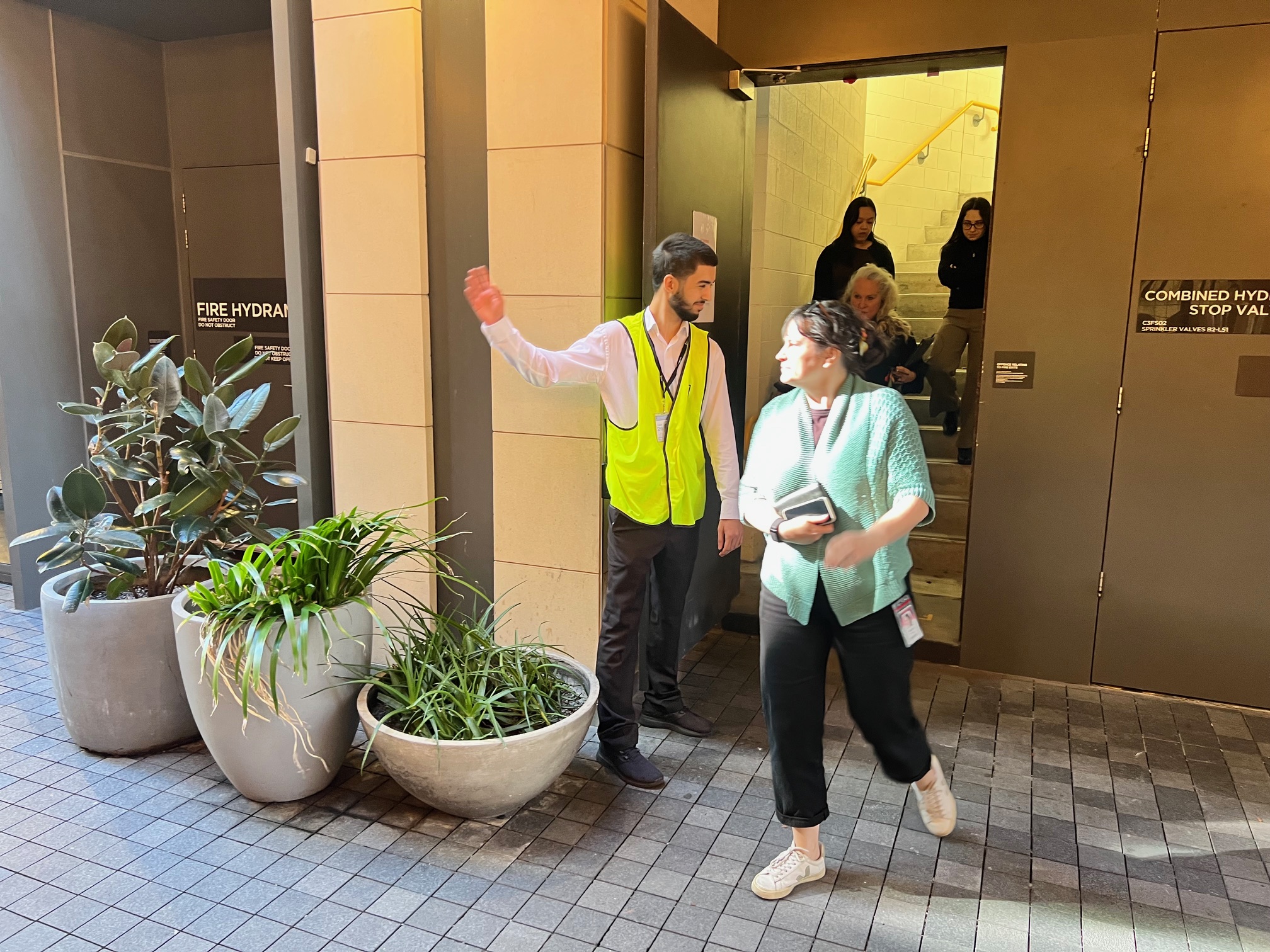
Fire and hazardous materials are familiar parts of emergency planning – but they’re not the only ones that matter. Modern workplaces face an expanding range of risks: hostile intruders, armed offenders, increasing civil unrest and security threats that can unfold without warning. In these moments, the safest action often isn’t evacuation, but enforced containment.
That’s where lockdown procedures come in. For a range of commercial facilities and high-rise buildings, lockdowns are an essential component of comprehensive emergency management and warden training. When planned and practised, they protect lives, maintain order and give law enforcement the control they need to manage the situation safely.
What is a lockdown?
A lockdown is a controlled response to an internal or external threat. The goal is to secure occupants inside designated safe areas until it’s safe to move.
In a high-rise building, that might mean:
- Horizontally or vertically moving and securing staff
- Restricting movement between floors or areas
- Securing access points, doors and lifts
- Directing people into secure rooms or core areas
- Waiting for police or building security to issue further instructions
The situation could be triggered by anything from an intruder entering the building to an external threat rapidly unfolding on nearby streets. The principle is the same – stay secure, stay quiet, stay informed.
Lockdowns are specifically referenced under AS 3745 – 2010: Planning for Emergencies in Facilities, alongside evacuation and shelter-in-place procedures. They’re part of a complete emergency response framework designed to protect staff, contractors and visitors under any circumstance.

The warden’s role
In a lockdown, wardens are the crucial link between the people they protect and the emergency services coordinating the response. Their role is to keep communication flowing and ensure calm, coordinated action.
Through Emcorp Group’s lockdown and warden training programs, wardens learn to:
- Identify lockdown triggers – recognising alerts from building security systems, police notifications or early signs of intrusion.
- Direct staff and visitors to safe zones – guiding people quickly to areas with secure doors and minimal visibility from corridors or windows.
- Maintain communication – using two-way radios or communication apps to relay accurate information to the Chief Warden.
- Support police and security teams – providing details about building layouts, access points and occupant locations.
This training mirrors the same leadership and coordination skills wardens apply during fire and emergency training – only the nature of the threat changes.
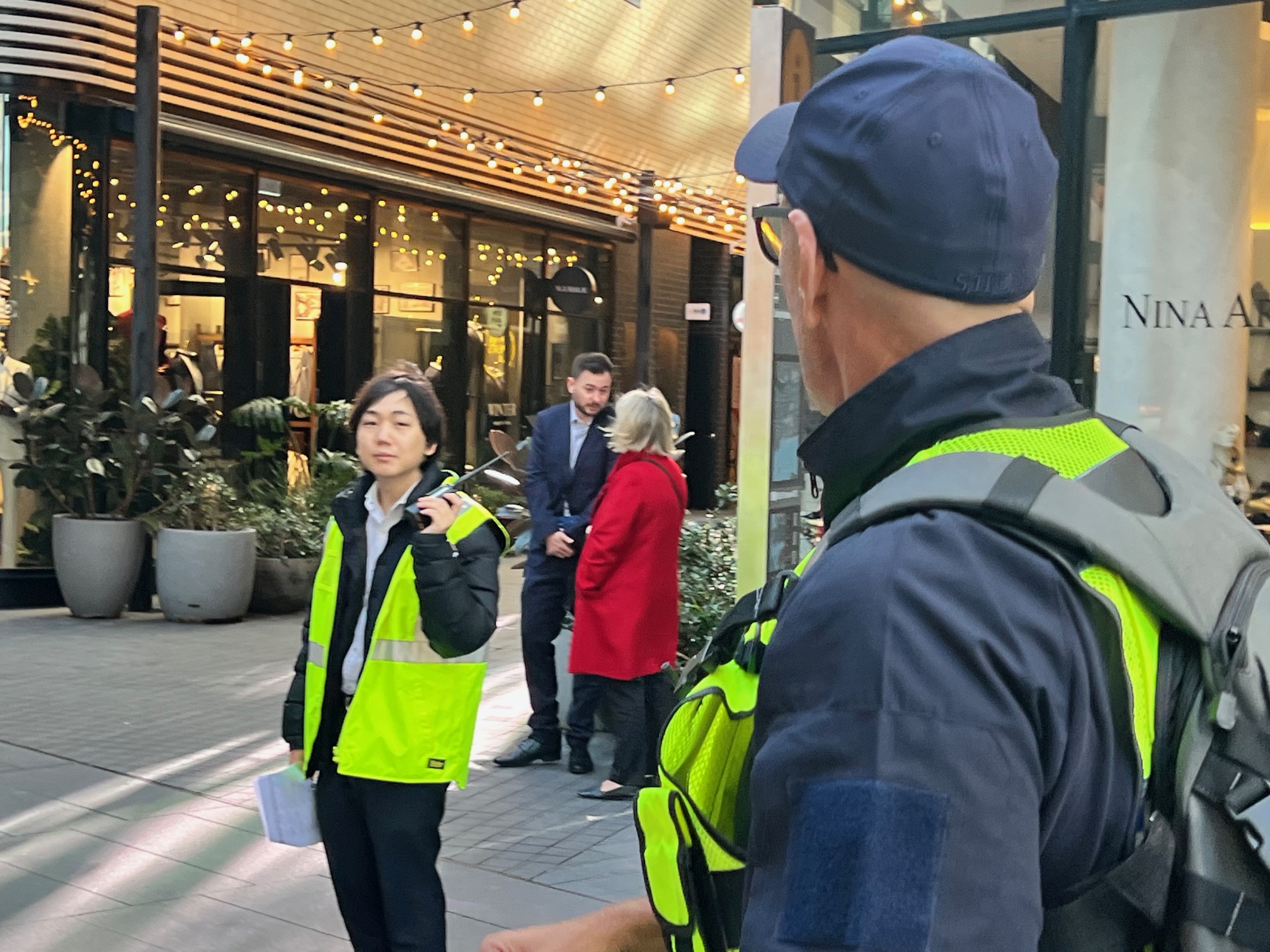
Case example: Melbourne CBD
In 2017, a security incident in Melbourne’s CBD triggered a series of partial building lockdowns in coordination with Victoria Police. Some organisations had trained ECOs and practiced lockdown drills. Their wardens secured staff within minutes, locked access doors and communicated efficiently with police. Others, without rehearsed procedures, faced confusion and hesitation.
The difference was striking. Prepared buildings acted quickly, protecting people and preventing panic. Unprepared ones struggled with inconsistent instructions and fragmented communication, with staff commonly evacuating into non-approved and non-secured areas. The event became a turning point for many facility managers, prompting a closer look at their emergency planning and the need to include lockdown procedures alongside traditional “fire” training.
Understanding the standards
Lockdowns are explicitly covered under AS 3745 – 2010, which requires facilities to establish procedures for all foreseeable emergencies – including security-related incidents. In practice, this means the Emergency Planning Committee (EPC) must document and test lockdown responses as part of the facility’s emergency plan.
Guidance also exists outside the standards. Police frameworks such as the NSW Police Active Armed Offender Guidelines and similar documents in other states provide operational advice on how organisations should prepare. These include instructions for communication, coordination and the “escape–hide–tell” principles used in Australia and other versions internationally.
Ignoring these frameworks doesn’t just risk non-compliance – it creates liability. If staff are harmed in a preventable situation because lockdown plans weren’t in place, regulators and investigators will expect answers.
Integration with early warning systems
In major cities like Sydney, large commercial facilities can also integrate their emergency systems with (as an example) SydneyAlert, the government’s official warning platform for CBD incidents. This system delivers rapid alerts from the NSW State Emergency Operations Centre, helping building management respond in real time. All cities have like frameworks in place.
Emcorp Group’s programs teach wardens and ECO members how to interpret messages, assess their relevance and cascade instructions through the ECO chain quickly. When time is measured in seconds, that ability to interpret and act on information can make all the difference.
For other states, similar systems and communication protocols are continuing to emerge and be refined – another reason why continuous training is vital.
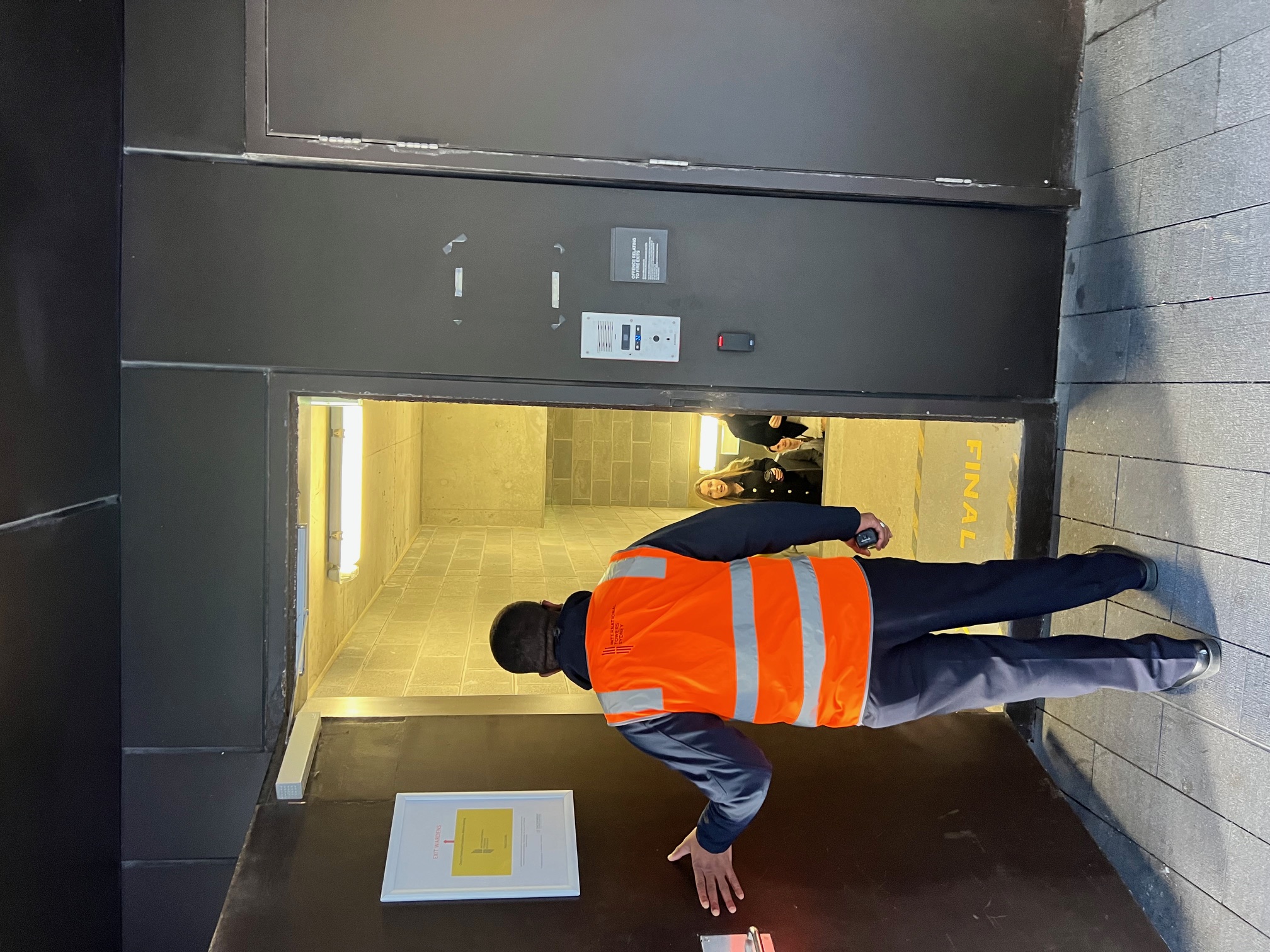
From compliance to confidence
Lockdown training isn’t just about meeting compliance requirements. It’s about giving people the confidence to respond calmly in situations that most of us hope we’ll never face.
Preparedness builds trust. When staff see that their organisation takes emergency planning seriously – from evacuation drills to lockdown training – it reinforces a sense of safety and professionalism. That confidence ripples outward, strengthening morale and protecting brand reputation.
In the modern workplace, safety management and brand integrity are linked. A well-handled emergency reflects strong leadership, communication and care for people.
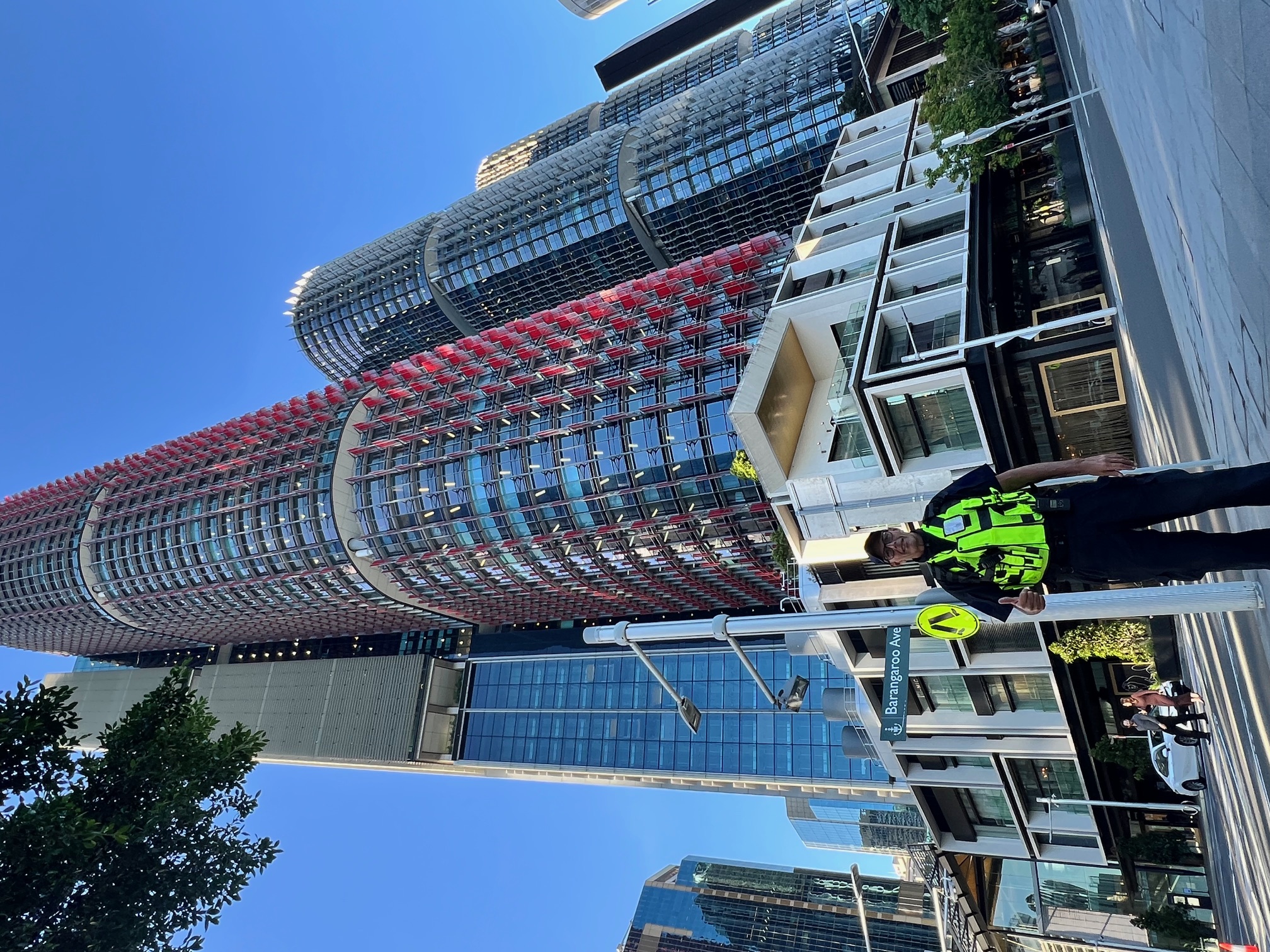
Building a complete emergency plan
An effective emergency plan treats lockdowns as one element in a broader ecosystem of preparedness. Alongside evacuation and shelter-in-place procedures, organisations should develop:
- Crisis communication strategies – ensuring information moves fast and accurately across levels.
- Scenario testing and drills – regular practice that builds reflex and confidence.
- Integration with building management systems – allowing rapid control of access, ventilation and alarms.
- Warden Registers - ensuring coverage from dedicated staff is in place to assist in all operating hours.
- Post-incident recovery plans – supporting staff and restoring operations safely.
Emcorp Group’s fire and emergency management training programs bring these components together. We design training that reflects the realities of modern facilities – large workforces, mixed-use buildings and the complexity of managing both safety and security.
Whether it’s warden training, emergency planning, first aid training or evacuation scenarios, each piece contributes to a resilient organisation ready to handle any emergency.
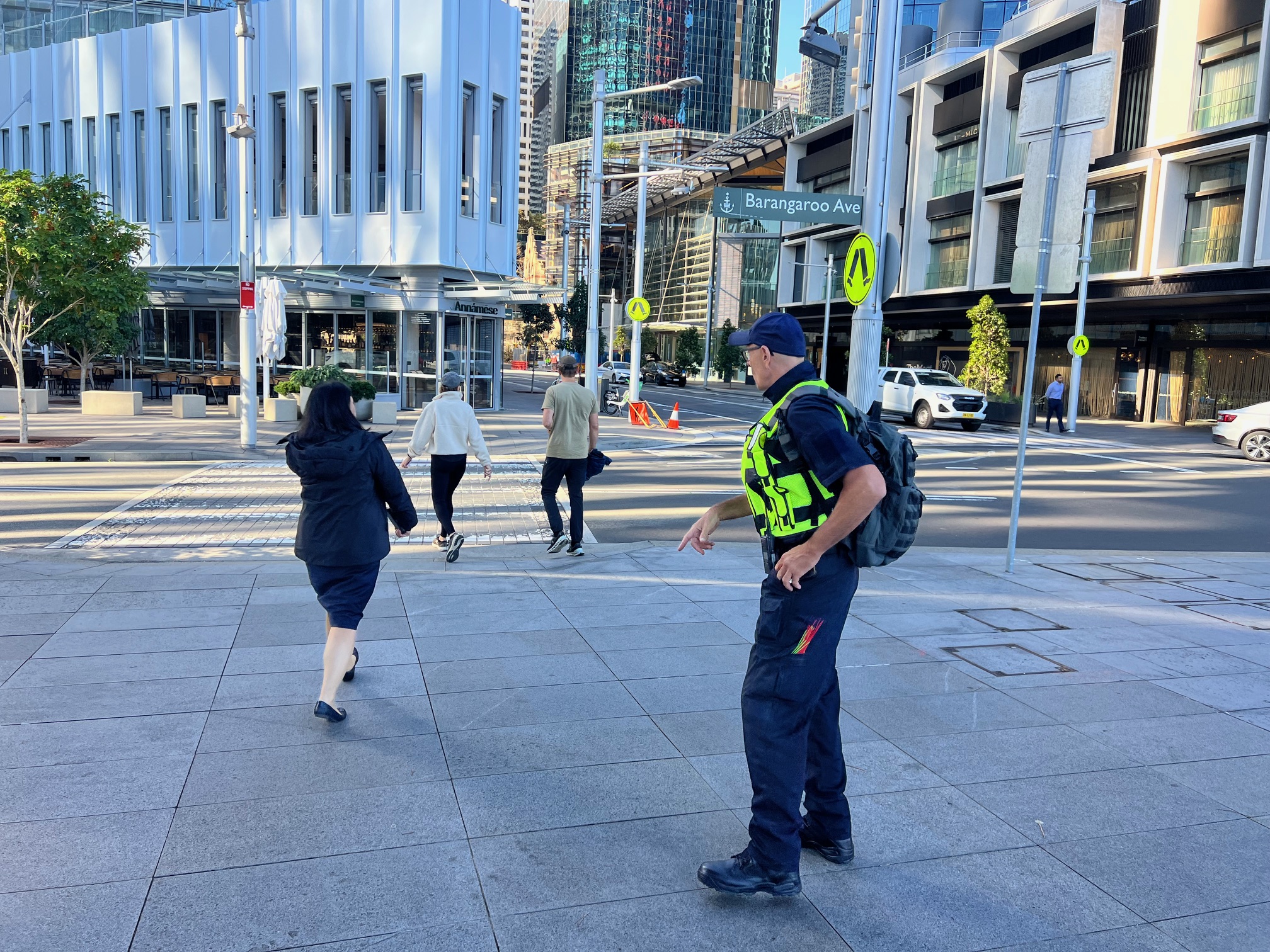
Leadership in uncertain times
Emergencies rarely unfold as planned. Threats evolve, information shifts and people react in unpredictable ways. The organisations that respond best are those whose people have rehearsed, adapted and internalised their roles.
Lockdown training helps create that readiness. It builds steady hands in tense situations and ensures that when the unexpected happens, calm leadership steps forward.
In high-rise buildings – where every decision carries weight and timing is critical – that preparation isn’t optional. It’s what keeps people safe and businesses standing.
Every organisation is different. Let’s build a strategy that fits yours.
From site-based training to enterprise-wide planning, we tailor our approach to your needs.
